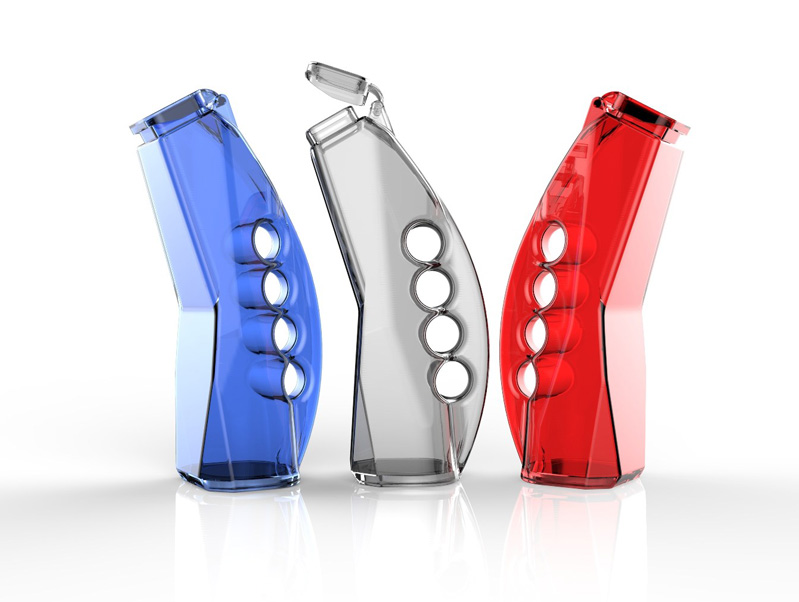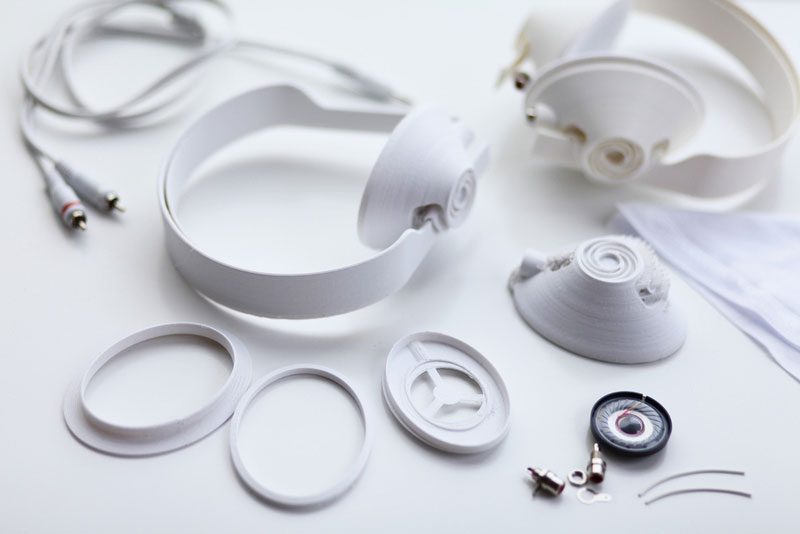Prototypes are critical in the development of new consumer hardware products – this is irrefutable. What many first-time inventors don’t know is that there are numerous types of prototypes, each with a different purpose.
Prototype design differs greatly from one stage of development to the next! The type of prototype you should have created by your product design partner when developing an invention depends on a variety of factors and could change depending on the insight garnered after the initial prototype is made.
In this article, we will detail the five types of prototypes your design firm partner should discuss with you and offer to develop so that you can bring your invention idea to life.
Concept Prototype
A concept prototype is a high-level application prototype that illustrates the product vision through its functionality, design, structure, and operational characteristics. Its primary purpose is to help you envision the look and feel of your product in the early stages of your product development process.
This type of prototype can be developed through design software, on paper, or through a combination of both. Typically, a professional design firm like MAKO Design + Invent will create the concept design as a 3D CAD.

Feasibility Prototype
A feasibility prototype helps you determine the feasibility of your solution by ensuring all the pieces fit together properly. This type of prototype will help you confirm the components of the product work properly and solve any problems you are trying to address with your product. This is where a prototype design firm would use their mechanical engineers to ensure moving parts function properly.
Horizontal Prototype
This type of prototype design is essentially the outer shell of your system. Typically a horizontal prototype doesn’t include the processing of your product but allows you to see the user interface. For example, you’d see a system’s menu, but it wouldn’t be functional, or it may include dummy screens. This type of prototype design is usually developed in the early stages but can be expanded on in the later stages by the prototype design firm to evolve into the final product.

Vertical Prototype
A vertical prototype is a stripped-down version of your product that possesses core functionalities. It typically works to a certain degree but is created with the primary intent of collecting data. This type of prototype design helps demonstrate a “working” system, but it won’t be fully functional or fine-tuned. This prototype is usually developed in the later stages of the product development process.
Functional Storyboard
This type of prototype is more of a design method that helps the inventor or designer model the user interface and the application flow. A storyboard would contain frames that represent different aspects of your product like frames within an application you intend to build. Using this type of prototype helps the user see a map of how the business and system will function.
For example, for wearable tech products that connect to your phone, you may want to map out the UI of the connected app.
Check out this wearable tech product the MAKO team designed for our client Harp Gahunia called the Kharaband!

Still unsure of what type of prototype is right for the stage you’ve reached in your product design process? Reach out today through our website to schedule a consultation with our Product Strategy team, or give us a call at +1 (888) 806-MAKO!
About: MAKO Design + Invent is the original firm providing world-class consumer product development services tailored to startups, small manufacturers, and inventors. Simply put, we are the leading one-stop-shop for developing your physical product from idea to store shelves, all in a high-quality, cost-effective, and timely manner. We operate as one powerhouse 30-person product design team spread across 4 offices to serve you (Austin, Miami, San Francisco, & Toronto). We have full-stack in-house industrial design, mechanical engineering, electrical engineering, patent referral, prototyping, and manufacturing services. To assist our startup and inventor clients, in addition to above, we help with business strategy, product strategy, marketing, and sales/distribution for all consumer product categories. Also, our founder Kevin Mako hosts The Product Startup Podcast, the industry's leading hardware podcast. Check it out for tips, interviews, and best practices for hardware startups, inventors, and product developers. Click HERE to learn more about MAKO Design + Invent!







